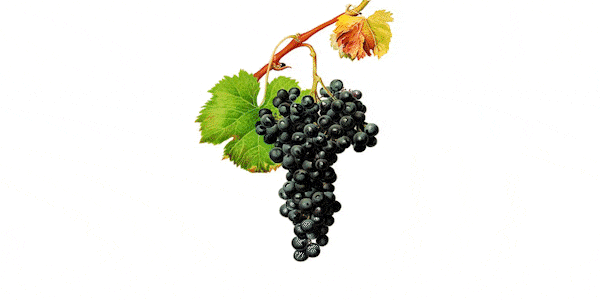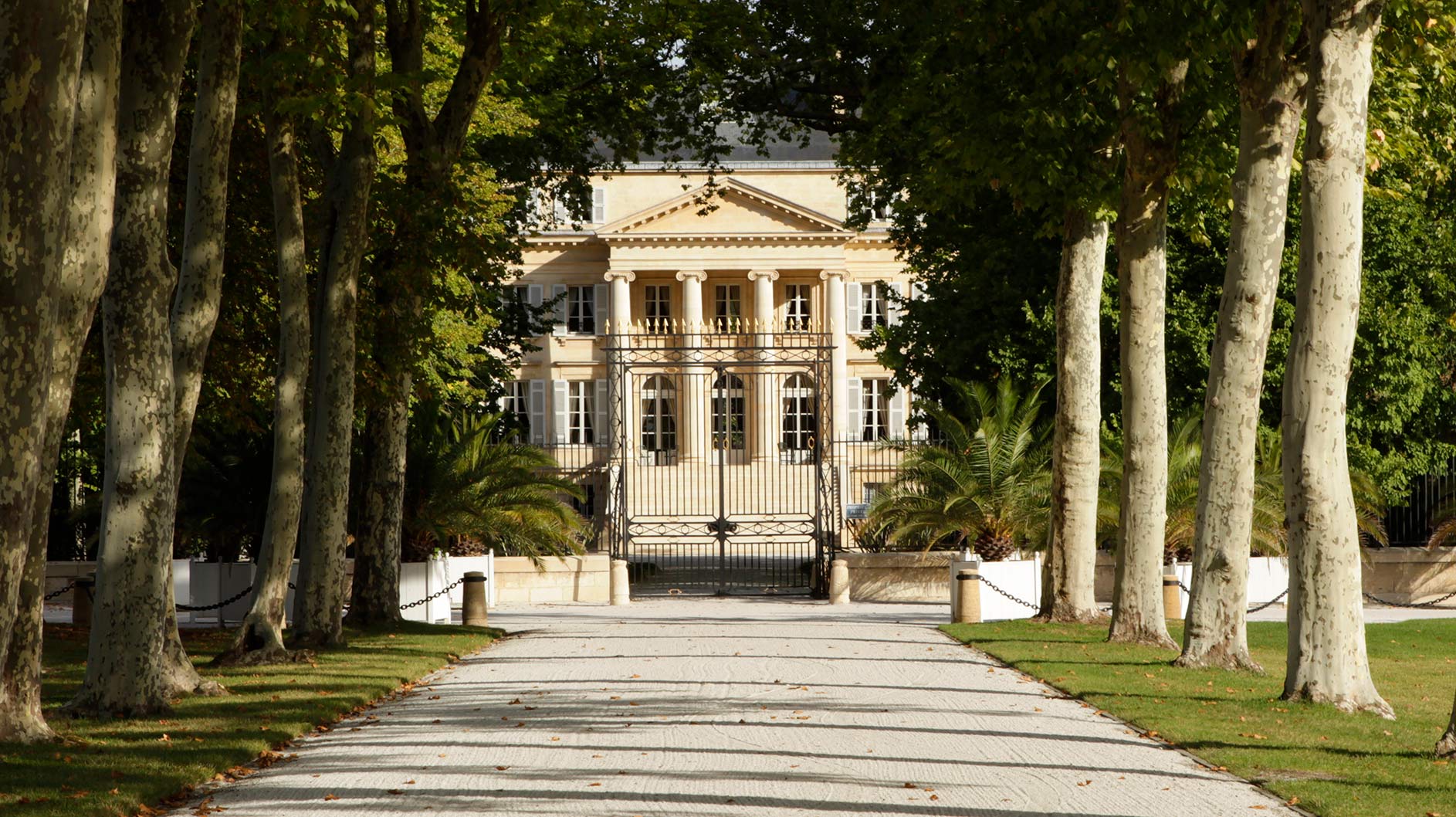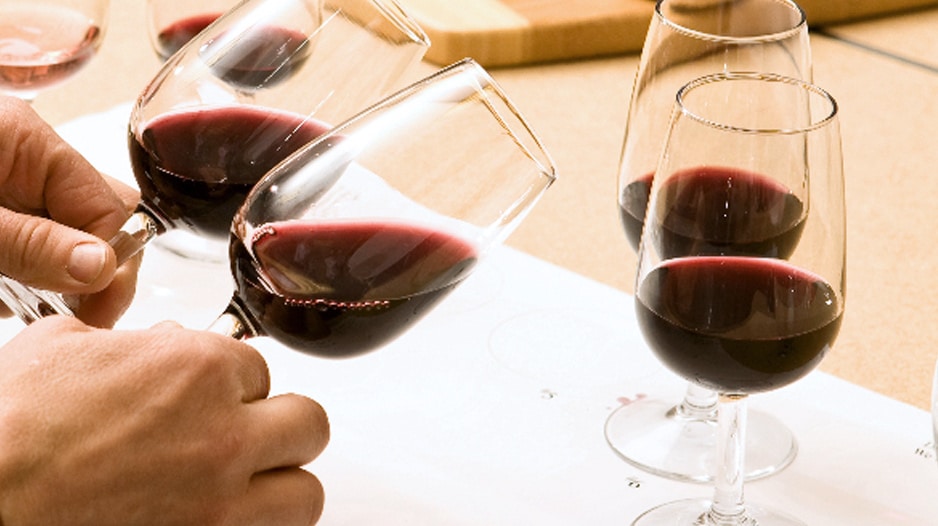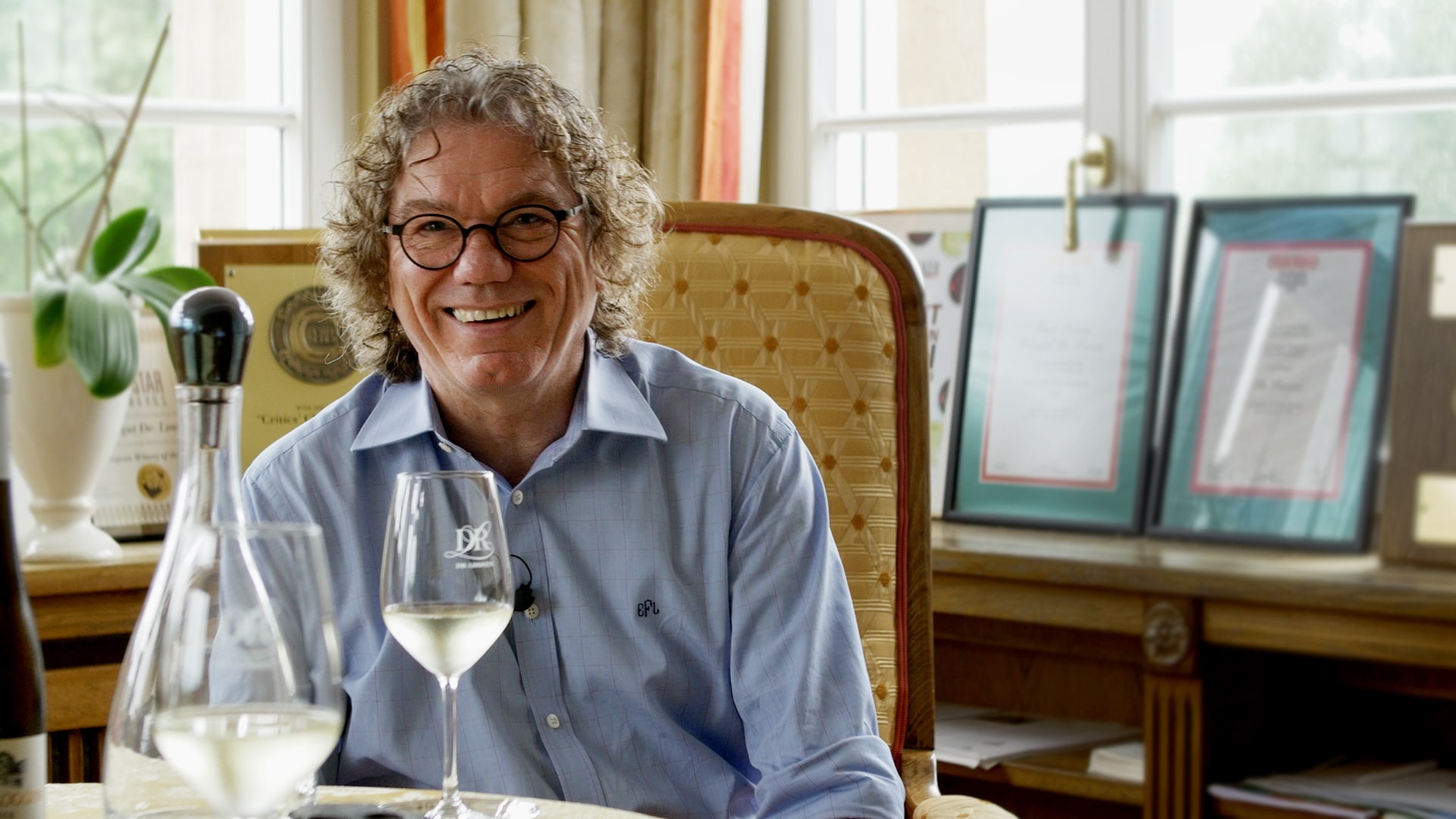Nebbiolo is Italy’s answer to Burgundy. It has long been revered as one of the world’s great wines, but perhaps has never been more popular than now. It’s increasingly sought-after by enthusiasts and collectors, though prices still haven’t caught up to Burgundy – at least for the time being.
Where Nebbiolo is grown
Pinot Noir may have become a world traveller, but Nebbiolo is still very much a homebody. It demands a long, drawn-out growing season, and consequently requires precisely situated sites that can dodge frosts at every turn. The vast majority of Nebbiolo is found in Piedmont, tucked in the northwest corner of Italy. It’s not surprising that it has chosen these rolling hills as its homeland. Here, Nebbiolo can bask in the sun on south and south-west facing hillsides, where the elevation is not too high, not too low, but just right.
Nebbiolo is said to be named for the word nebbia, or fog, referring to the prevailing morning fog during harvest in Piedmont. Unsurprisingly, vineyard names often include words like bric or bricco, meaning hilltop, and sori, sunny, to emphasize the importance of hillsides and aspect for this grape variety. It reaches its pinnacle in the two famed DOCGs of Barolo and Barbaresco, located around the town of Alba. Both regions are broken up into crus, an unofficial but critically important denomination of single vineyards.
Under the name Spanna, Nebbiolo is grown in the Gattinara and Ghemme regions – both DOCGs – of Alto Piemonte (Northern Piedmont). In Valtellina, Lombardy, it’s grown under the alias Chiavennasca. But it hasn’t travelled far outside of Italy until recently, though plantings remain sparse. It makes occasional appearances along the west coast, from Washington to Oregon to California to Baja California in Mexico. Elsewhere, it can be found in Victoria in Australia and Argentina.
What Nebbiolo tastes like
Nebbiolo’s pale garnet-hue, at first glance, is reminiscent of Pinot Noir. But Nebbiolo has distinctive, fragrant aromas of rose petals and earthy truffles alongside dried cherries, leather, and layers of spice. It’s also just more – of everything. Nebbiolo is intensely structured with massive tannins, racy acidity, and enough body and alcohol to keep oneself warm during the cold Piemontese winters. It’s far from soft, fruity, and easy. Nebbiolo demands time and attention, but rewards with some of the greatest – and longest-lived – red wines in the world.
In Piedmont, producers can generally be classified according to their winemaking approach: traditional or modern. The traditional style relies on extended maceration – 30 to 50 days on skins – and longer aging in large oak casks. These are wines that take years, if not decades, for the tannins to soften and to show their true class. In contrast, the so-called modernists aim to produce wines with more obvious fruit and that are more approachable in their youth. Maceration times are shorter, and the wines may be aged in new French oak barriques as opposed to the traditional bottes.
Modern or traditional, the most revered Nebbiolos come from Barolo and Barbaresco. Barolo is known for producing wines that are rich, muscular, and brooding, and DOCG regulations require 36 months of aging to tame these wines before they’re released, of which 18 months must be in wood. Wines that are aged for five years may be labelled as Riserva, though the wines aren’t always the better for it. Barbaresco is Barolo’s more elegant counterpart, producing wines that are lighter and more perfumed, with less tannic power. Barbaresco can be just as ageworthy as Barolo, though the former only requires 24 months of aging, with a minimum of 9 months in wood, or 48 months for Riserva.
Nebbiolo doesn’t always have to age, though. The wines from Langhe and Nebbiolo d’Alba are softer and more accessible, often with more overt fruit. Gattinara and Ghemme are typically lighter, albeit more rustic, with even more pronounced acidity. And in the New World, all bets are off. The wines are generally darker, fruitier, and less tannic, though it all comes down to the individual producer more than anything else.
What to pair with Nebbiolo
High in tannin, acidity, and alcohol, Nebbiolo does well with bold and rich meat-based dishes. Hearty Northern Italian classics, such as osso buco, are a perfect pairing. Nothing quite tops pairing truffles with Nebbiolo, though. Especially if you’re visiting Piedmont during truffle season.
How to pronounce Nebbiolo
“Neh-bee-ow-low”
What to buy
Clendenen Family Vineyards Nebbiolo “The Pip” 2017 ($25)
Santa Maria Valley, Santa Barbara, California, USA
Vietti Perbacco Nebbiolo delle Langhe 2018 ($30)
Langhe, Piedmont, Italy
Travaglini Gattinara 2017 ($33)
Gattinara, Piedmont, Italy
Pio Cesare Langhe Nebbiolo 2018 ($38)
Langhe, Piedmont, Italy
Lambert Wine Nebbiolo 2019 (AUD 60)
Yarra Valley, Victoria, Australia
Pio Cesare Barolo 2017 ($85)
Barolo, Piedmont, Italy
Ceretto Brunate Barolo 2015 ($150)
Barolo, Piedmont, Italy
Gaja Barbaresco 2017 ($270)
Barbaresco, Piedmont, Italy






